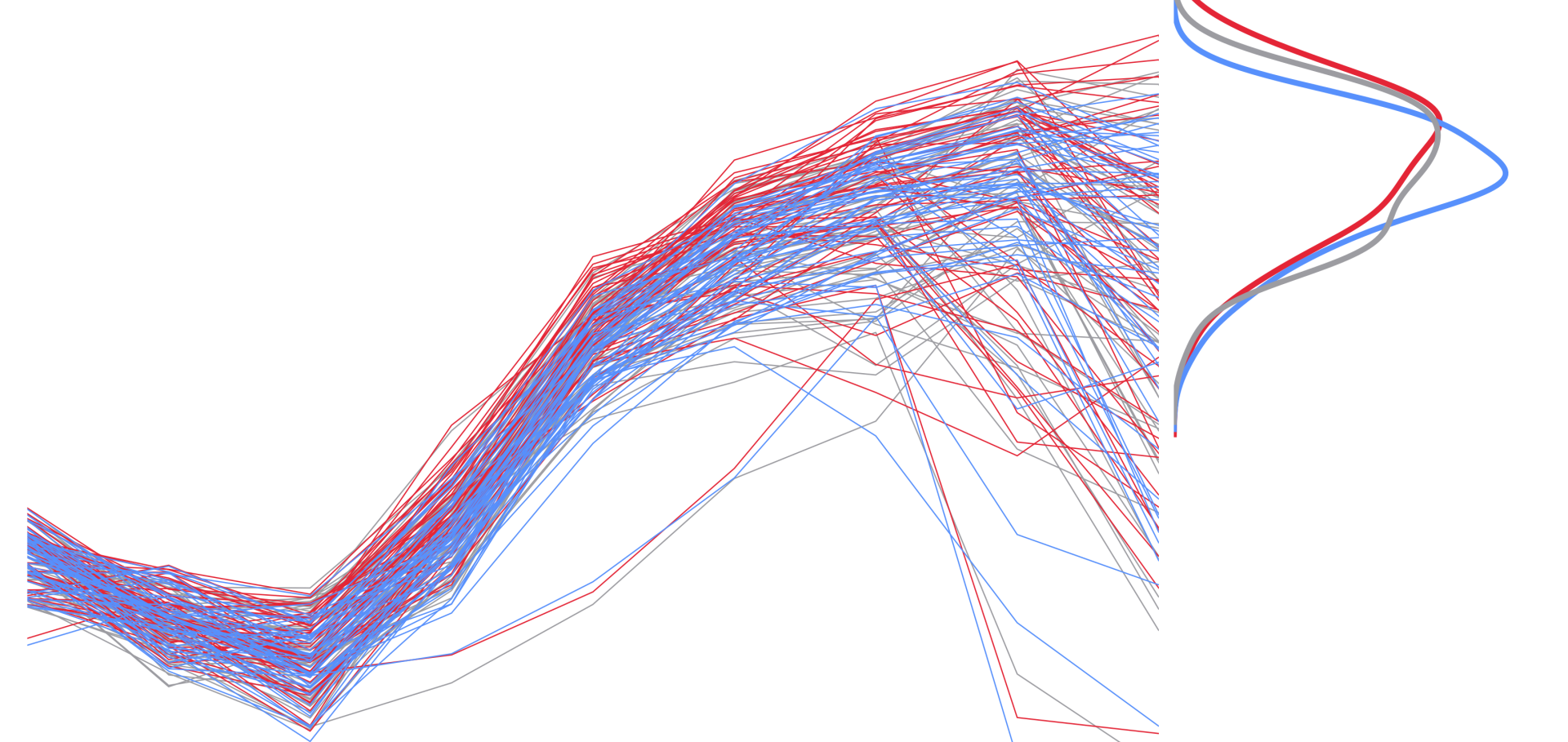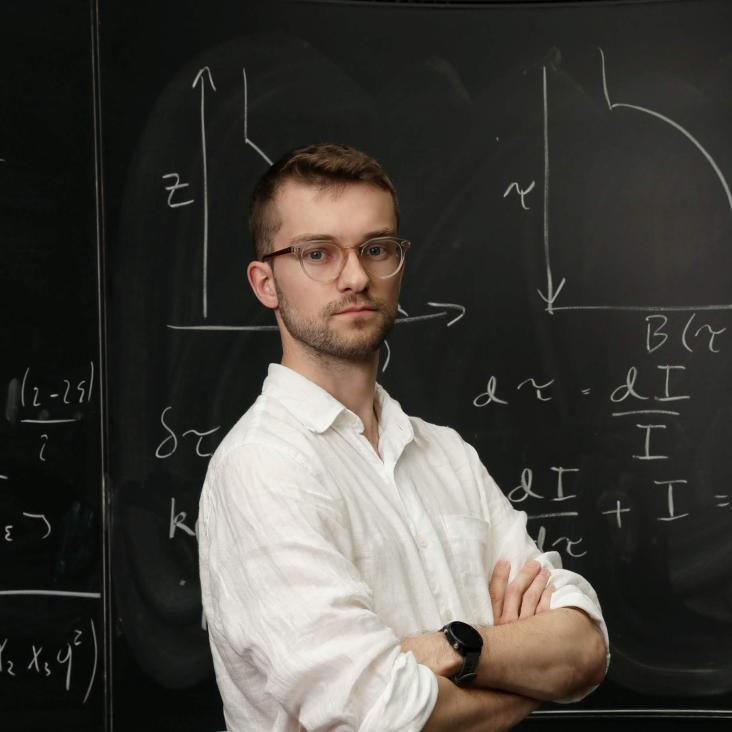Forecast-based attribution of a winter heatwave within the limit of predictability
Proceedings of the National Academy of Sciences National Academy of Sciences 118:49 (2021) e2112087118
Abstract:
The question of how humans have influenced individual extreme weather events is both scientifically and socially important. However, deficiencies in climate models’ representations of key mechanisms within the process chains that drive weather reduce our confidence in estimates of the human influence on extreme events. We propose that using forecast models that successfully predicted the event in question could increase the robustness of such estimates. Using a successful forecast means we can be confident that the model is able to faithfully represent the characteristics of the specific extreme event. We use this forecast-based methodology to estimate the direct radiative impact of increased CO2 concentrations (one component, but not the entirety, of human influence) on the European heatwave of February 2019.Anthropogenic influence on the 2018 summer warm spell in Europe: the impact of different spatio-temporal scales
Bulletin of the American Meteorological Society American Meteorological Society 101:S1 (2020) S41-S46
Abstract:
We demonstrate that, in attribution studies, events defined over longer time scales generally produce higher probability ratios due to lower interannual variability, reconciling seemingly inconsistent attribution results of Europe’s 2018 summer heatwaves in reported studies.Generating samples of extreme winters to support climate adaptation
Weather and Climate Extremes Elsevier 36 (2022) 100419
Abstract:
Recent extreme weather across the globe highlights the need to understand the potential for more extreme events in the present-day, and how such events may change with global warming. We present a methodology for more efficiently sampling extremes in future climate projections. As a proof-of-concept, we examine the UK’s most recent set of national Climate Projections (UKCP18). UKCP18 includes a 15-member perturbed parameter ensemble (PPE) of coupled global simulations, providing a range of climate projections incorporating uncertainty in both internal variability and forced response. However, this ensemble is too small to adequately sample extremes with very high return periods, which are of interest to policy-makers and adaptation planners. To better understand the statistics of these events, we use distributed computing to run three 1000-member initial-condition ensembles with the atmosphere-only HadAM4 model at 60km resolution on volunteers’ computers, taking boundary conditions from three distinct future extreme winters within the UKCP18 ensemble. We find that the magnitude of each winter extreme is captured within our ensembles, and that two of the three ensembles are conditioned towards producing extremes by the boundary conditions. Our ensembles contain several extremes that would only be expected to be sampled by a UKCP18 PPE of over 500 members, which would be prohibitively expensive with current supercomputing resource. The most extreme winters we simulate exceed those within UKCP18 by 0.85 K and 37% of the present-day average for UK winter means of daily maximum temperature and precipitation respectively. As such, our ensembles contain a rich set of multivariate, spatio-temporally and physically coherent samples of extreme winters with wide-ranging potential applications.A comparison of storyline attribution methods for a midlatitude cyclone
Copernicus Publications (2025)
The perfect storm: loss potential of Eunice-like cyclones in a counterfactual climate
Copernicus Publications (2025)


